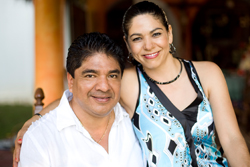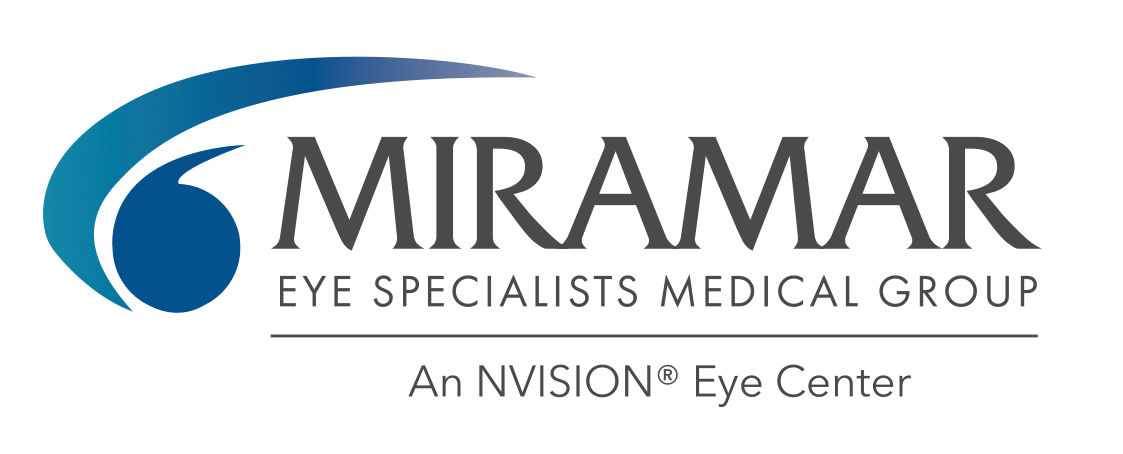Cornea Transplant Surgery in California
Corneal Transplant Surgery
 The cornea is the clear covering of the front of the eye which bends, or refracts, light rays as they enter the eye. For clear vision to occur, the cornea must have the correct shape and clarity to focus incoming light rays precisely on the retina at the back of the eye. When the cornea becomes cloudy or misshapen from injury, infection or disease, transplantation may be recommended to replace it.
The cornea is the clear covering of the front of the eye which bends, or refracts, light rays as they enter the eye. For clear vision to occur, the cornea must have the correct shape and clarity to focus incoming light rays precisely on the retina at the back of the eye. When the cornea becomes cloudy or misshapen from injury, infection or disease, transplantation may be recommended to replace it.
Corneal transplants are usually performed with local anesthesia so there is no pain. During the procedure, the cornea is replaced with one from a human donor. The new cornea carries little risk of rejection and can last for many years.
DSEK Surgery
DSEK is the latest technique in corneal transplantation. Short for Descemet-stripping automated endothelial keratoplasty, DSEK offers clear post-operative vision and short recovery time to patients in need of new corneas.
During the procedure, the surgeon makes a mark in the surface of the patient's cornea with a trephine (an instrument used to cut circular sections of tissue). This mark serves two purposes: it helps the surgeon determine what size the transplant should be, and also it outlines the area of the patient's cornea that needs to be removed. Next, the surgeon scores the damaged section of the cornea and removes the membrane away from the eye. Then the donor cornea is folded into a "taco" shape and placed on the eye. A single stitch closes the incision.
Sometimes the new cornea unfolds on its own; other times, the surgeon unfolds it him/herself. When it is unfolded, a second stitch is made to close the wound and anchor the new cornea in place. The surgeon then injects an air bubble underneath the cornea, making sure it is centered on the eye, and dilates the pupil with eye drops.
Penetrating Keratoplasty (pKP) Surgery
An improperly curved cornea may be corrected surgically for patients whose cornea curvature is too steep or flat to be treated with other methods, or when extensive damage has occurred due to disease, infection or surgery.
Corneal transplantation, also known as keratoplasty, may be performed in patients that have the following conditions:

- Dry eyes
- Blepharitis
- Corneal ulceration
- Corneal dystrophies
- Pterygia
- Traumatic injury
Cornea transplant involves replacing the entire thickness of the cornea with a donor graft. The new cornea is sutured into place, and then stitches are usually removed after a year. It may take this long for vision to be restored to satisfactory levels as well requiring many patients to wear glasses or contact lenses after this procedure.
Corneal Cross-Linking
 Corneal cross-linking is a minimally invasive outpatient procedure that combines the use of Photrexa® Viscous (riboflavin 5’-phosphate in 20% dextran ophthalmic solution), Photrexa® (riboflavin 5’-phosphate ophthalmic solution) and the KXL® system for the treatment of progressive keratoconus.
Corneal cross-linking is a minimally invasive outpatient procedure that combines the use of Photrexa® Viscous (riboflavin 5’-phosphate in 20% dextran ophthalmic solution), Photrexa® (riboflavin 5’-phosphate ophthalmic solution) and the KXL® system for the treatment of progressive keratoconus.
The safety and effectiveness of corneal cross-linking has not been established in pregnant women, women who are breastfeeding, patients who are less than 14 years of age and patients 65 years of age or older. Read more here.
Corneal cross-linking stiffens corneas that have been weakened by disease. Photrexa® solutions are the first and only therapeutic products for corneal cross-linking which have been FDA approved to treat progressive keratoconus, and we offer them to patients in our practice.
Miramar Eye Specialists Medical Group are the first in Los Angeles area to have the Alcon “Heads-Up” system for retina-vitreous eye surgeries. Read about it in Ventura County Star.
To learn more about our Ophthalmology Services, please call us at 805.648.3085 to schedule an appointment!



